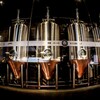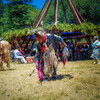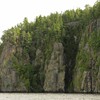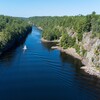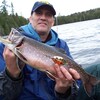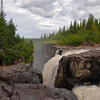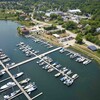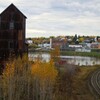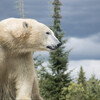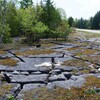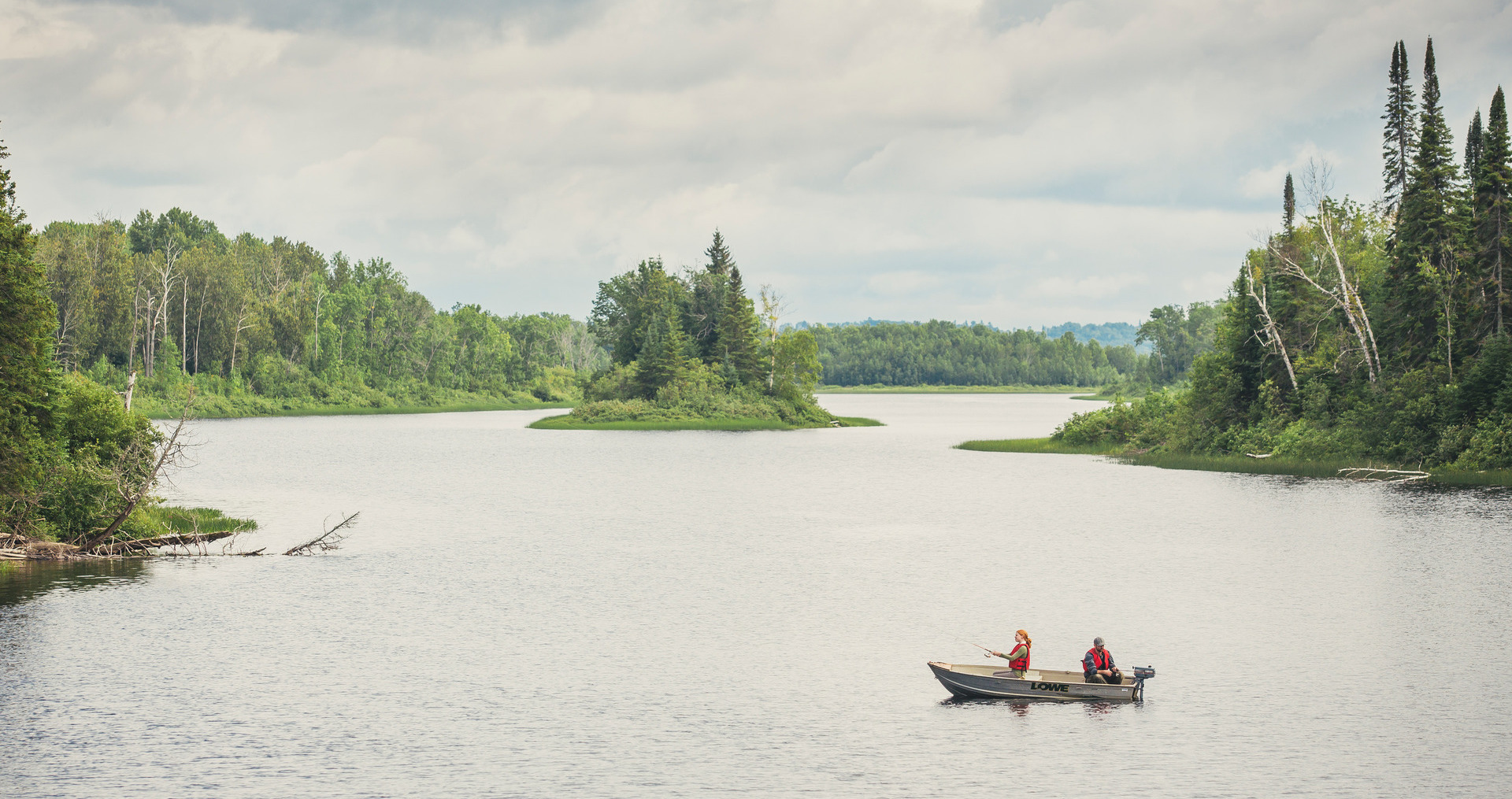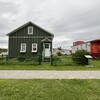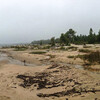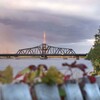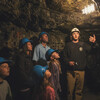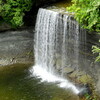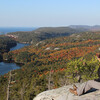
Four Ways to Stargaze in Northeastern Ontario
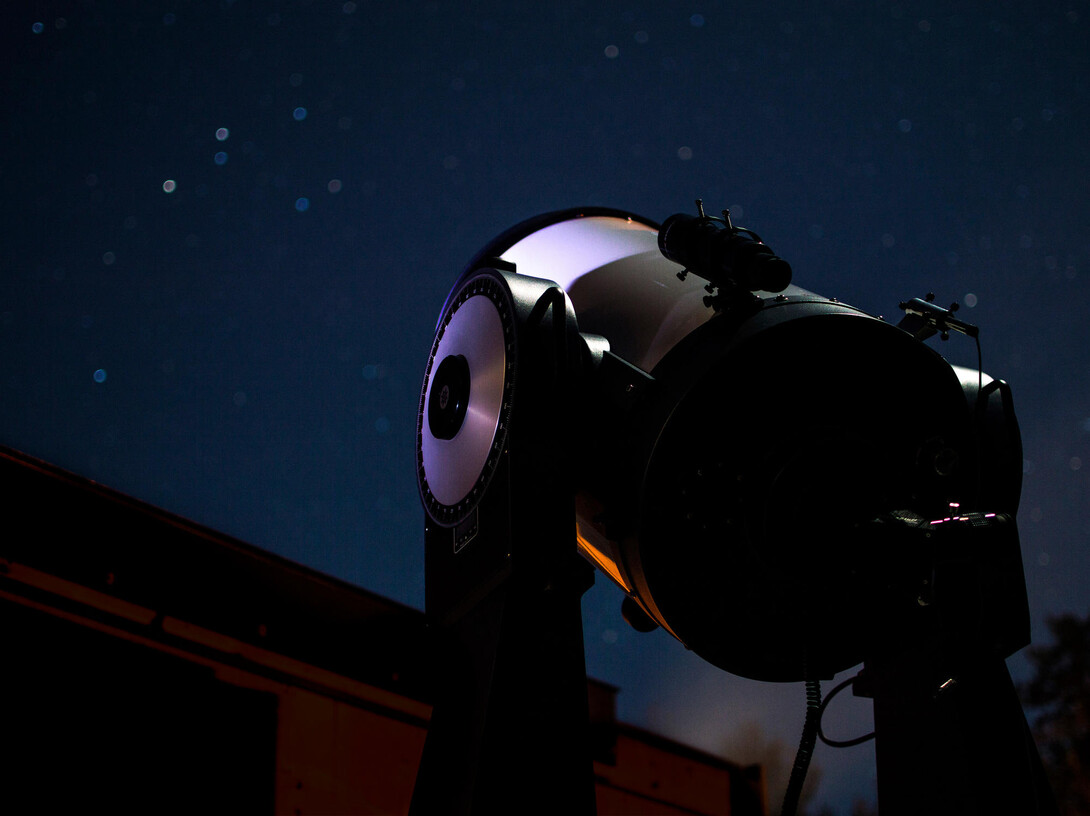
There’s something that Canadians seem to love about the changing of seasons. Before one is over, we’re quickly on to the next—anticipating the reliable change that we know is about to come. Fall seems to be that season that is most widely anticipated by all.
For some it means the changing of the guard—fall colours—for others, it’s the breaking of the summer’s heat. Still others may welcome the season of all things pumpkin spice, culminating in that mother of foodie celebrations, Thanksgiving.
But one change that is often overlooked (and it really shouldn’t be) is the arrival of primetime astro season. That is to say, clear skies, and cool nights before the snow flies makes for some of the best stargazing that amateur and professional night sky viewers will experience all year in Northeastern Ontario.
1. Dark Sky Preserves
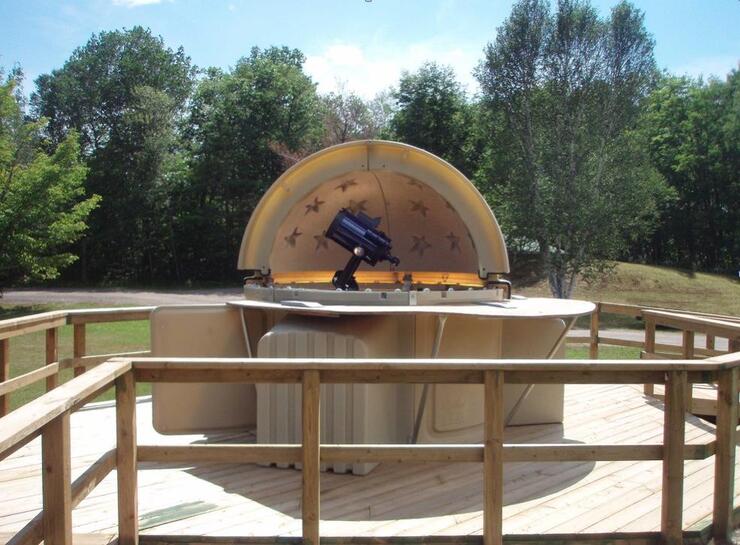
Dark Sky Preserves (DSPs) are one of the best locations to view the night sky from because they are spaces dedicated to doing exactly that! To gain this designation from the Royal Astronomical Society of Canada (RASC), a facility must go through a rigorous application process. DSPs have successfully reduced light pollution on-site to make for the best stargazing, often offer equipment for viewing such as telescopes, and tend to have special interpretive programming to enhance your experience!
Northeastern Ontario is home to two RASC-approved Dark Sky Preserves, each within easy half-day drives of the Greater Toronto Area! You’ll locate the first on Manitoulin Island at Manitoulin Eco Park (formerly known as Gordon’s Park) and the second off of Highway 69 in Killarney Provincial Park.
2. Wilderness Lodges & Resorts
If you’re more of a DIY kind of person but don’t want to give up all of the creature comforts, a wilderness lodge or resort is going to be exactly the experience you’re looking for for the best stargazing.
Wilderness lodges and resorts bridge the worlds between urban living and camping, while still providing access to the darkest skies, generally void of light pollution. Recently we published an article on night sky imagery by SDH Images, which demonstrates exactly what’s possible with a little patience and experimentation, and a pristine night sky.
Finding a wilderness lodge or resort in Northeastern Ontario is easy—just click here for our listing of partner lodges.
3. Camping
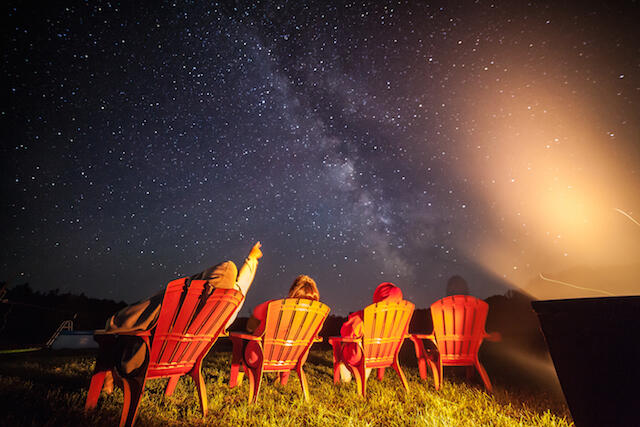
Photo: Derek Houston - Night Sky Images.
This is the classic stargazing experience, and we couldn’t go without mentioning it. Camping doesn’t just have to be a summer activity. As temperatures cool and kids go back to school, private and provincial campgrounds tend to open up a little bit more throughout the week and on weekends, making it easier to book a site and park your tent, camper, or RV.
For the best night sky views, head away from your campsite to a location with as little artificial light as possible. Once in location, turn off your cell phone light and allow your eyes to become accustomed to the darkness. Look for unobstructed views of the sky—docks, beaches, and lookouts make good candidates.
Click here for a list of Ontario Park’s vacancies, or visit Northeastern Ontario’s list of campgrounds in the region.
4. Conservation Areas

Last but not least – you don’t have to be in the middle of the woods to experience great night skies in Northeastern Ontario. Urban centres such as Sudbury, North Bay, and Timmins make the wilderness a part of themselves with conservation areas and hiking trails all within the city limits. In smaller communities, darkness isn’t far away.
Whether you’re in town for work, visiting, or just feel more comfortable staying in a hotel, it’s easy to hop in your car and head for the nearest light-free location in town and look up.
In Sudbury, set a map location for the Laurentian Conservation Area. In North Bay, try heading to the Laurier Woods Conservation Area. In Timmins, you’ll want to locate the Hersey Lake or White Waterfront Conservation Areas.
In all cases, dress warmly, bring a flashlight, and don’t venture of marked trails and pathways in the dark. You won’t have to go far to find the brilliant night sky.
Some Tools for Beginners

- For Aspiring Astrophotographers: A DSLR or mirrorless camera with manual settings and a tripod are the main tools you’ll need to get started. You’ll want to experiment extensively and fine-tune your game, so we recommend taking out a fresh memory card with plenty of space so you don’t run out mid-shoot. If you’ll be editing your shots in post, don’t forget to switch camera settings to capture the RAW image. Check out our Beginner’s Guide to Astrophotography.
- For Stargazers: A telescope is a basic tool you’ll need for a closer look at the wonders of the night sky, but smartphone Apps such as Star Tracker, Sky Walk 2, and Sky Map will help you interpret exactly what you’re looking at.
Recommended Articles
The Seven's Best Hikes, Biking Trails and Lakes

7 Best Spots to Check Out in The Seven

Budget Bliss: Explore Northeastern Ontario Without Breaking the Bank

Bring Your Fam!

Time to Unwind: 6 Spa Havens to Discover In The Seven
5 Amazing Places to SUP in Northeastern Ontario

5 Amazing Bike Rides to Discover

Northern Lights in Northeastern Ontario

Northeastern Ontario's Best Pride Festivals

Fish for one of the World's Rarest Species of Trout

An Insider's Guide to Manitoulin Island

6 Small-Town Gems to Explore in Northeastern Ontario

11 Best Things to Do in Kapuskasing, Ontario

